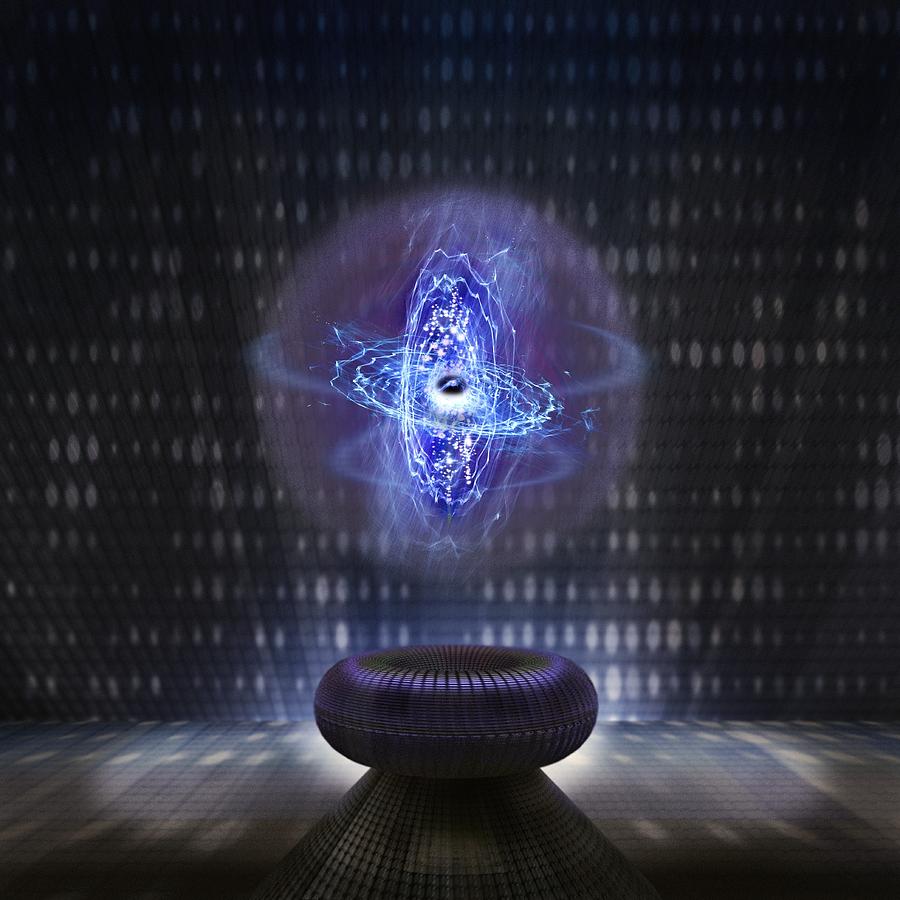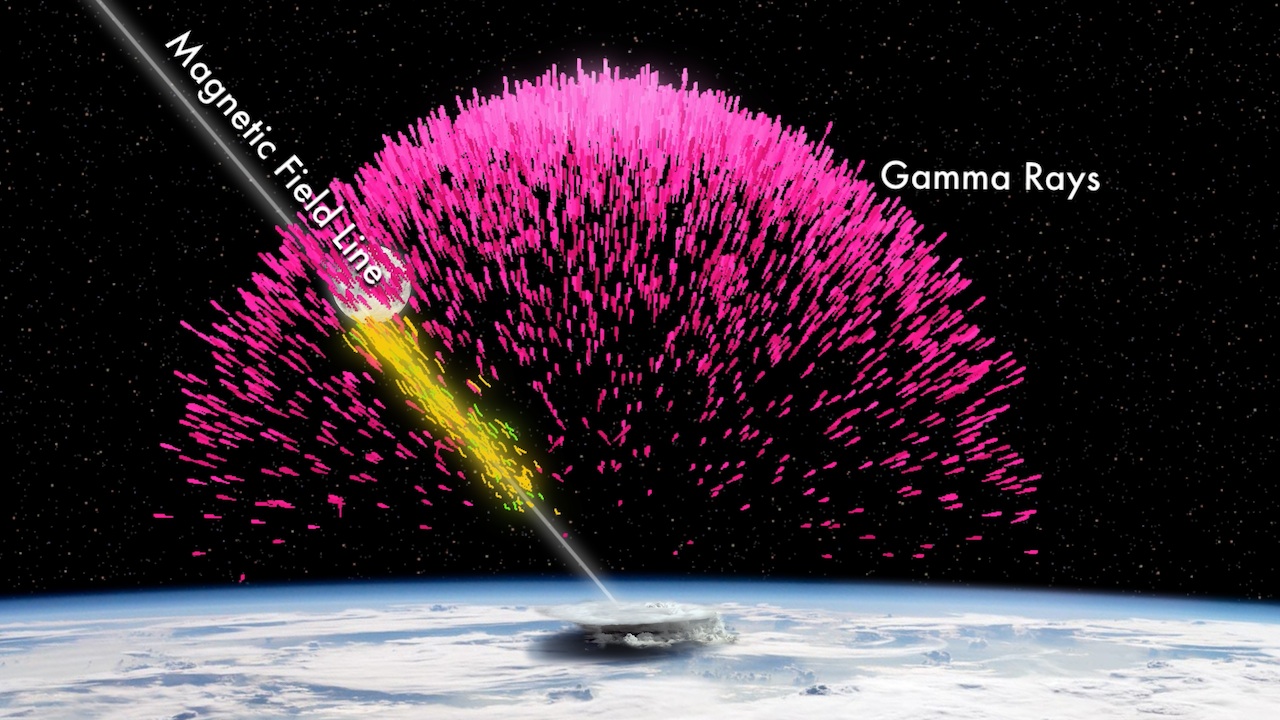

As you may well know, “c” in this equation is the speed of light, which is a large number.

When a particle and its antimatter counterpart meet, they are both annihilated, which means that the two particles disappear and their mass is converted to energy, following the principle embodied in Einstein’s famous equation E = mc 2. Later, it was discovered that the other basic atomic particles had antimatter counterparts, the antiproton and the antineutron. This antielectron (also called a positron) was predicted to have the same mass as the electron but an opposite electric charge.

In 1930, Paul Dirac developed a description of the electron, which also predicted that an antiparticle of the electron should exist. Most people know that the basic nuclear particles that make up matter are protons, electrons, and neutrons. Unlike the artificially made substances, however, antimatter has been the target of serious attempts to capture and contain it, which greatly increases its cost of production. Some good guesses in this area are the artificial elements such as ununoctium or unobtanium. Some particularly astute people realize that the most expensive substance probably has to be created artificially by some sort of man-made process. More serious guesses include rare substances such as diamonds, uranium, and platinum. Often, the responses are droll ones such as love, cocaine, cash money, computer ink, or even sex. When groups of people are asked to name the most expensive substance, the variety of answers is hilarious. Right now, antimatter – with a price tag of about $62.5 trillion per gram – is the most expensive substance on the Earth.


 0 kommentar(er)
0 kommentar(er)
